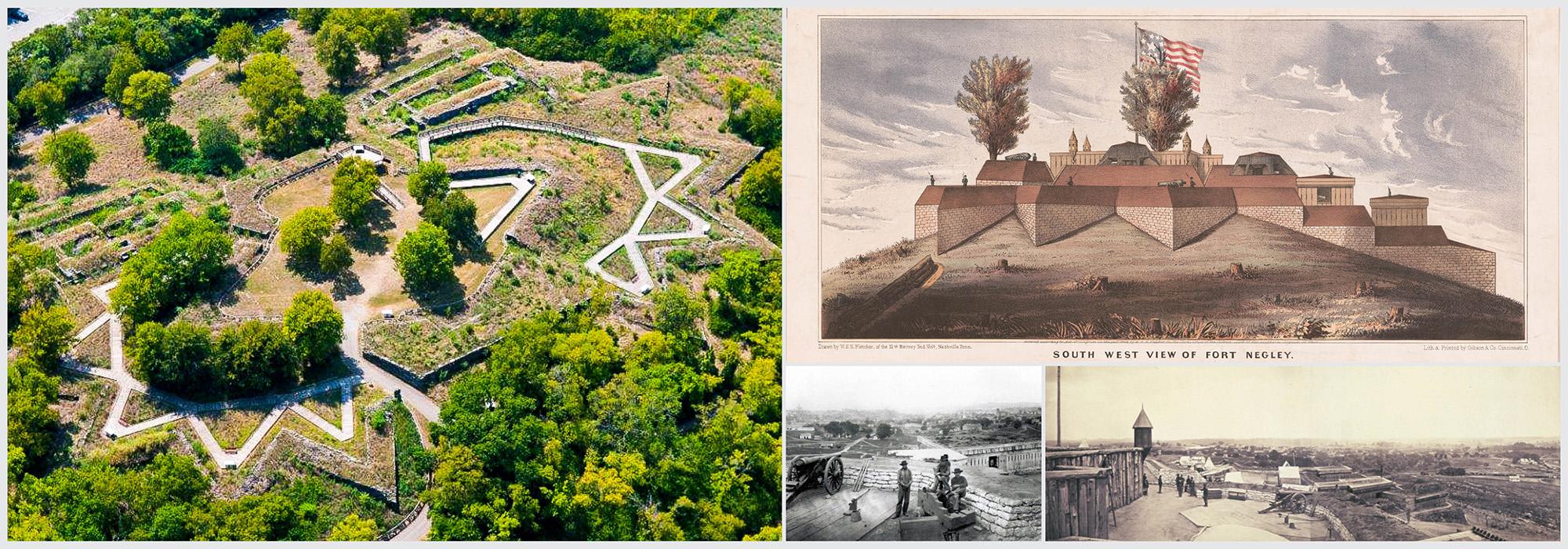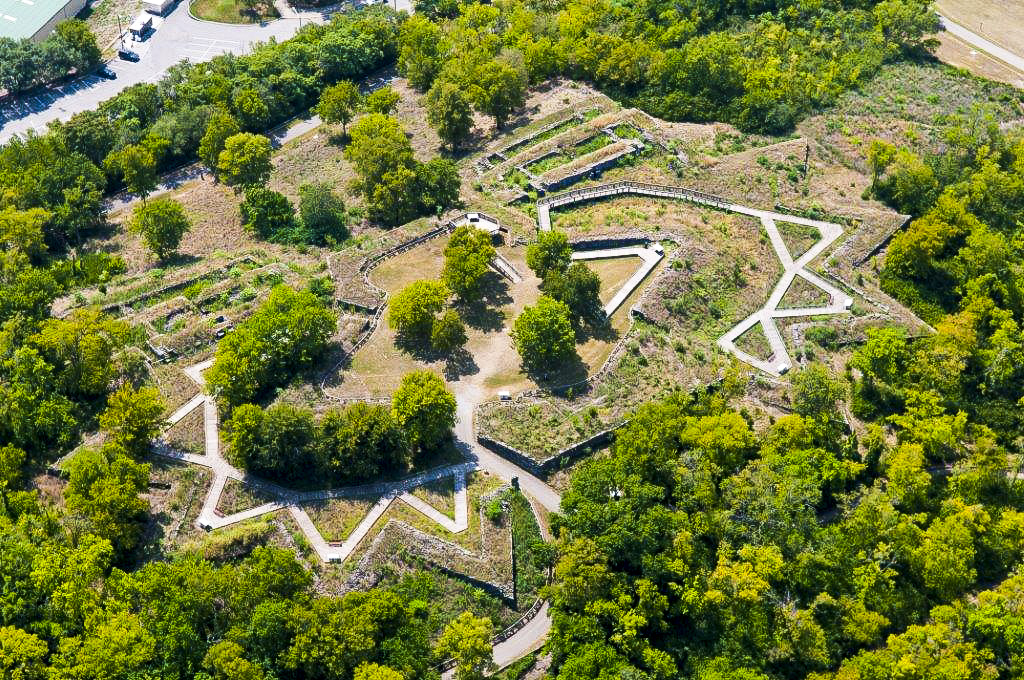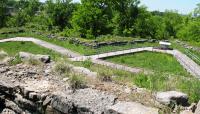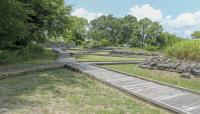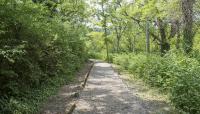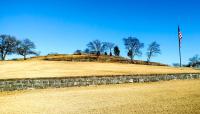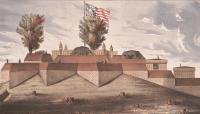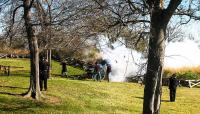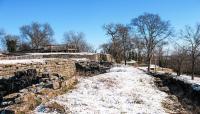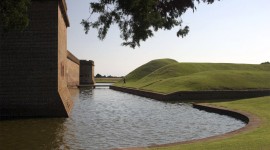Landscape Information
Just over one mile south of downtown, this park is located on the site of a Civil War-era fort largely reconstructed by the Works Progress Administration (WPA). Most of the park's 55 acres once belonged to prominent Tennessee citizen Judge John Overton, who acquired the land between 1805 and 1828. Overton’s tract, which featured a rocky prominence known locally as Saint Cloud Hill, remained undeveloped until the Civil War, when the Union Army occupied Nashville (1862) and constructed a fort with African American laborers using local limestone. During and after the war, many self-emancipated African Americans sought refuge in contraband, or refugee, camps, such as the Bass Street neighborhood established near Fort Negley by African Americans who had been recruited by the Union to build it. Though no longer extant, archaeological evidence of an encampment exists, as well as outlines of fence rows and foundations from the neighborhood that developed there.
In 1928 Nashville’s Parks Board purchased the Saint Cloud Hill tract from Overton’s heirs with the intent of restoring the fort and making it a public park. Seven years later, the Board applied for WPA funding to develop the land into a municipal park, and the following decade, nearly 50 acres were transformed into a multi-use public recreation facility that included the restored fort and stockade, a sports complex, a comfort station, open greenspace, and hundreds of feet of limestone walls.
In the late 1970s, the Nashville Sounds baseball team leased a section of the park to build Greer Stadium, which served as their home field until its demolition (2015) returned the site to public use. In 2004 Fort Negley was reopened to the public on the 140th anniversary of the Battle of Nashville. It was listed in the National Register of Historic Places in 1975 and in 2019 designated a UNESCO ‘Site of Memory,’ where it is part of an international registry of places significant for their association with slavery.



